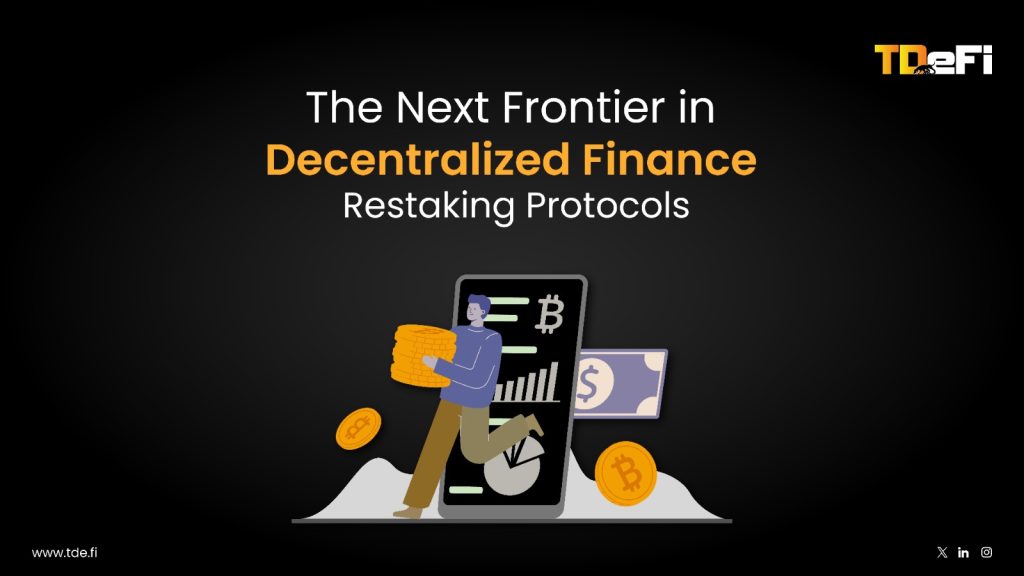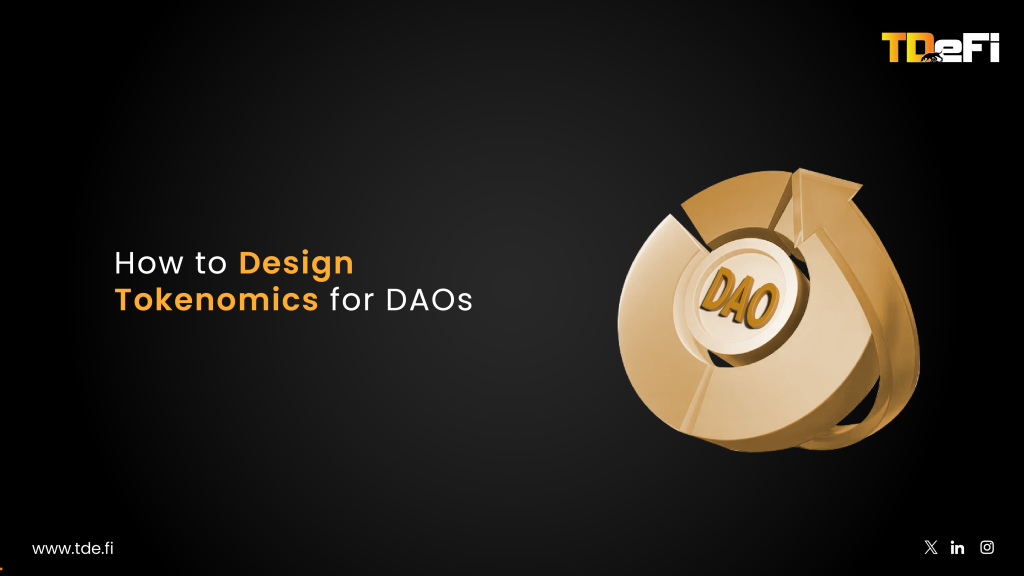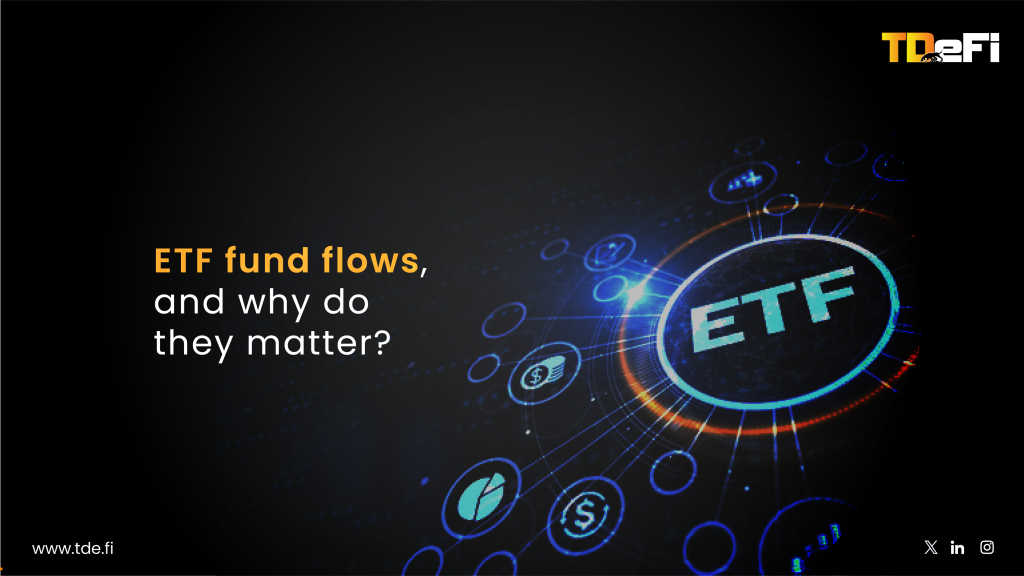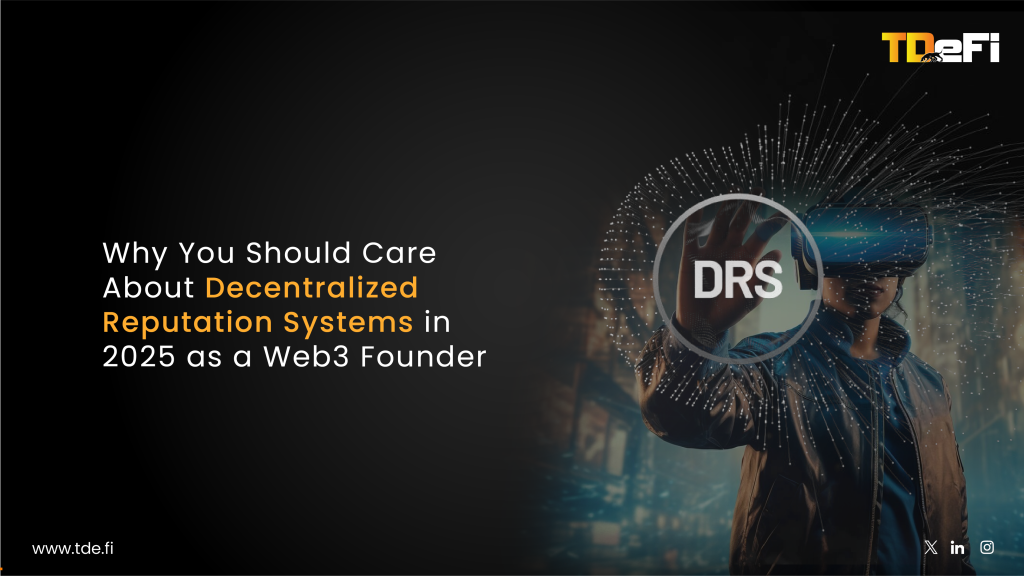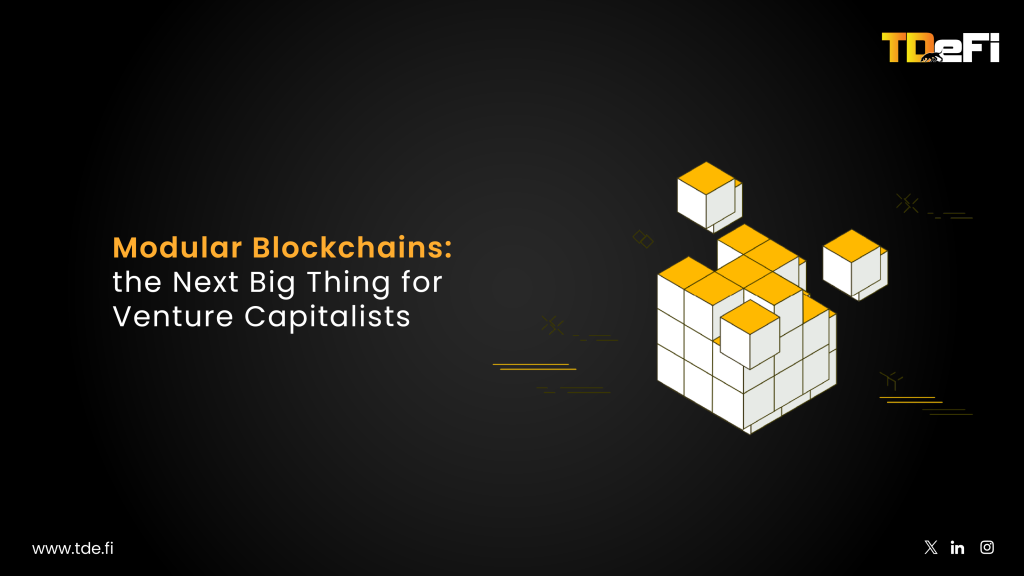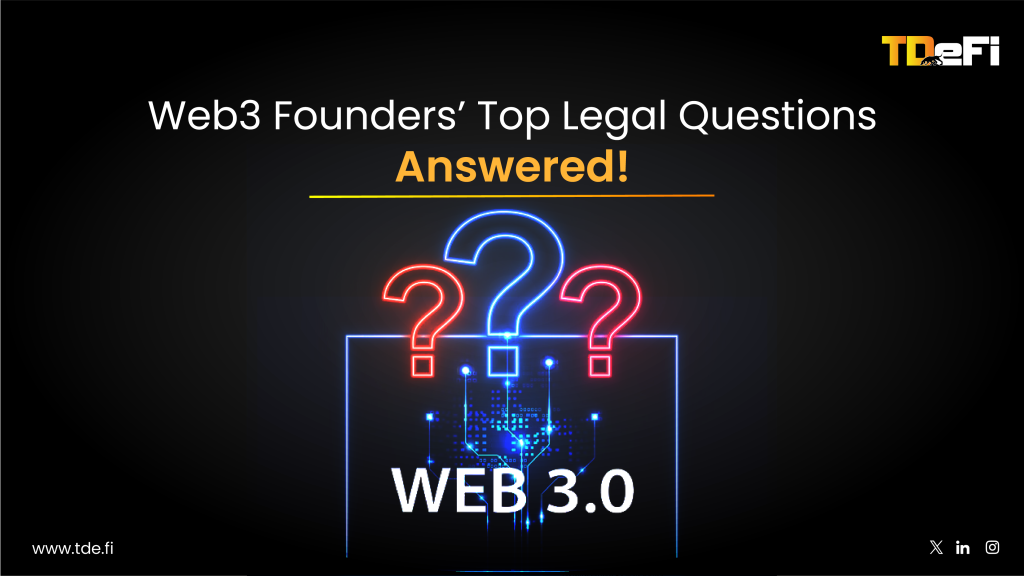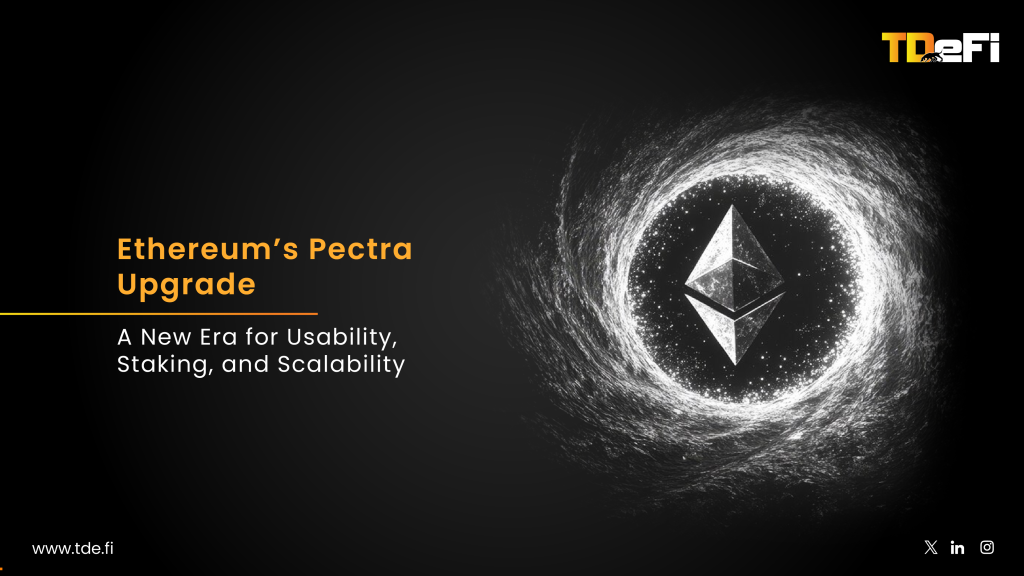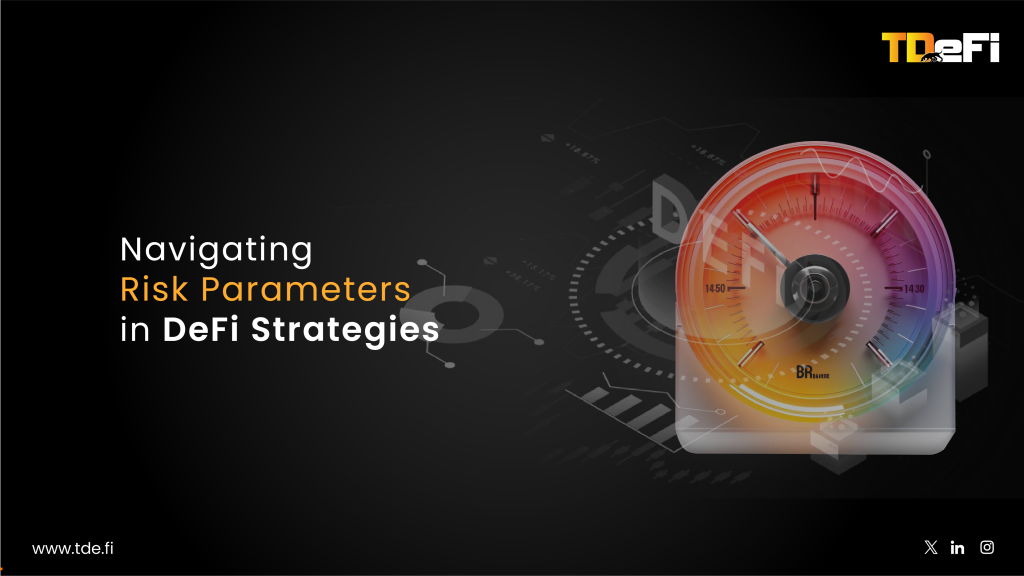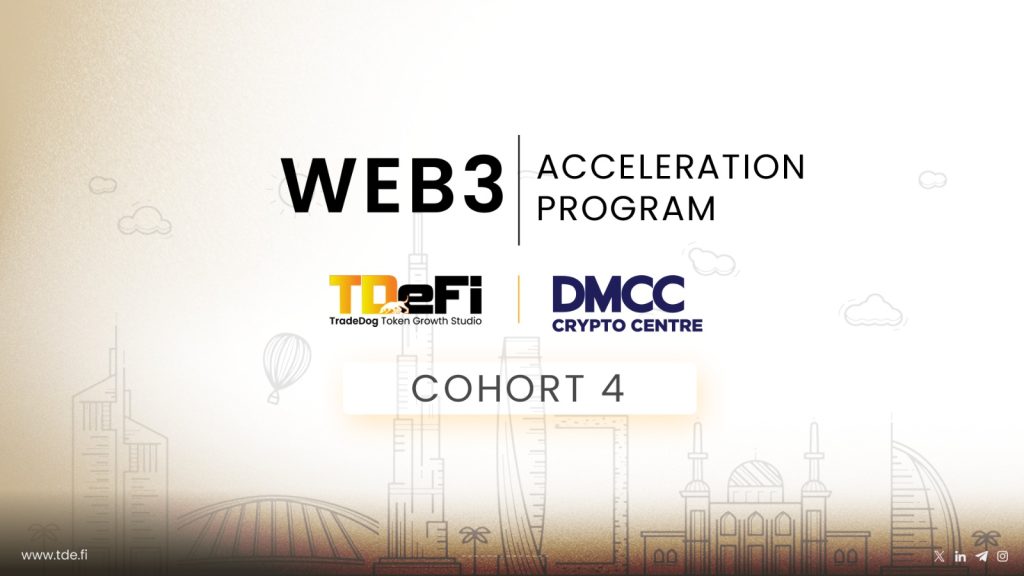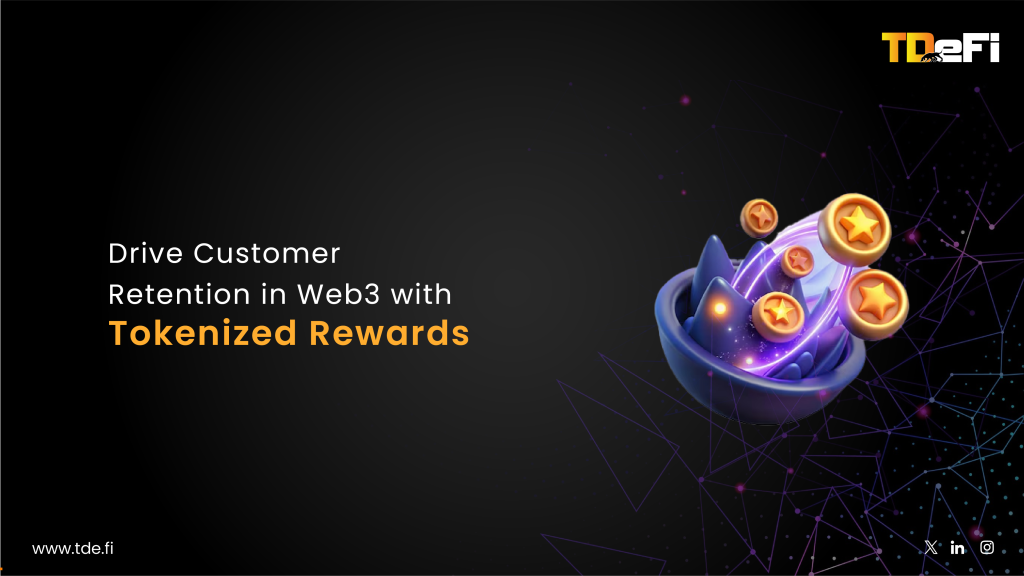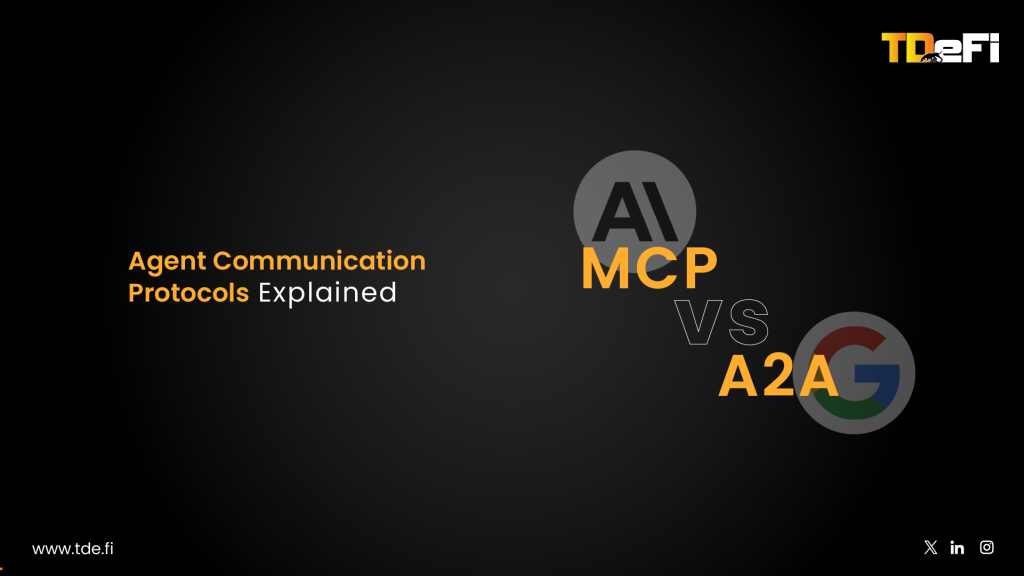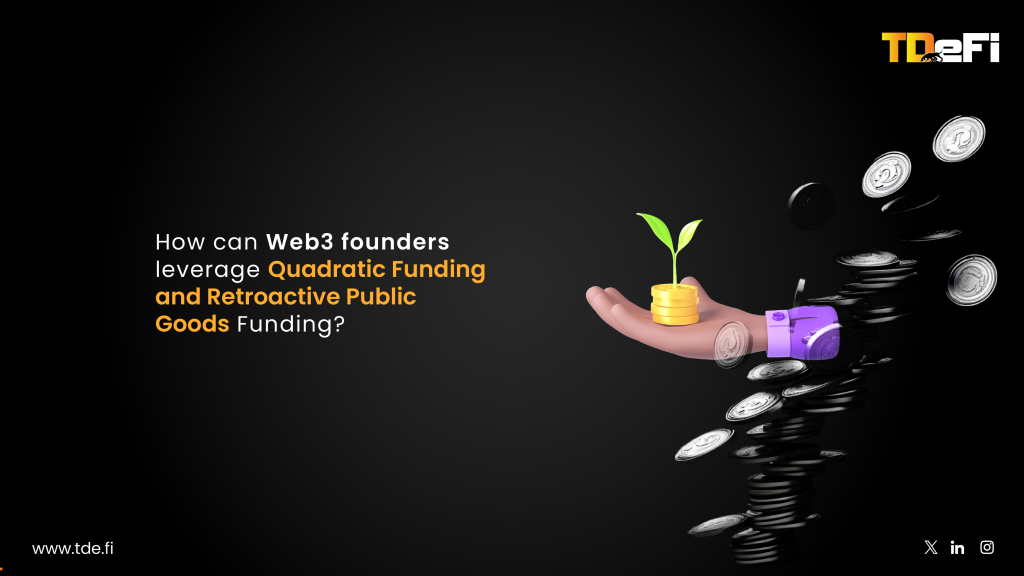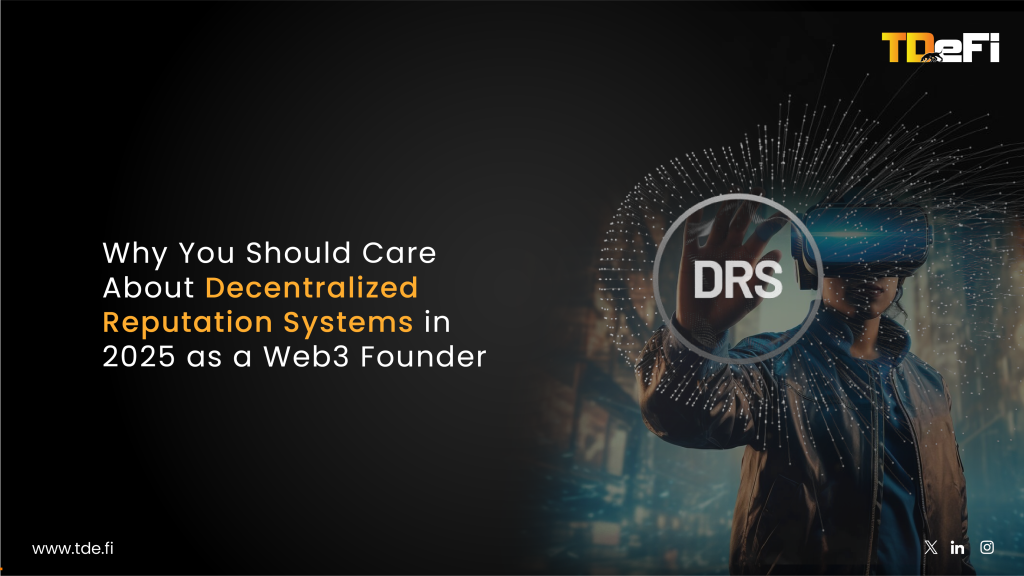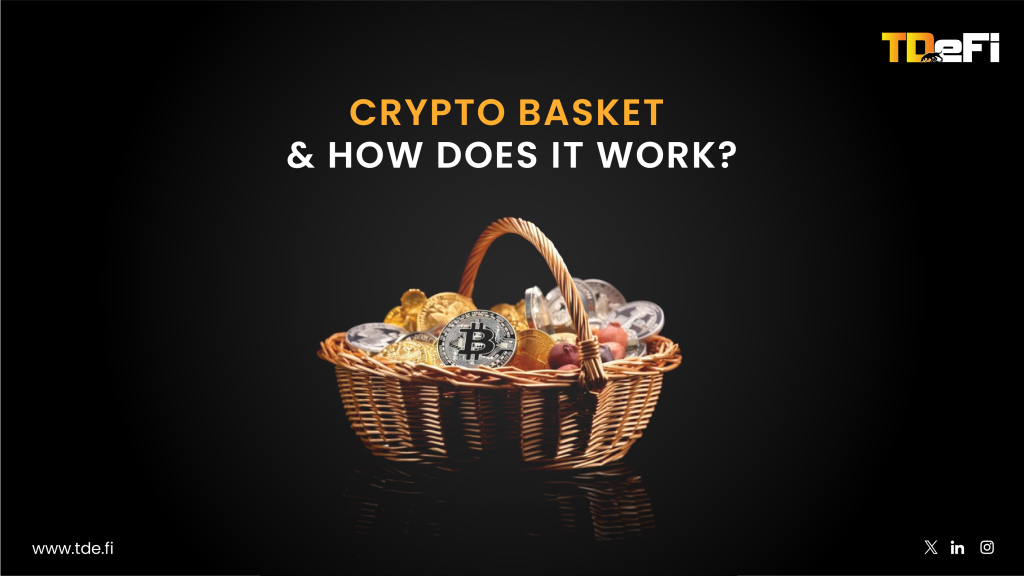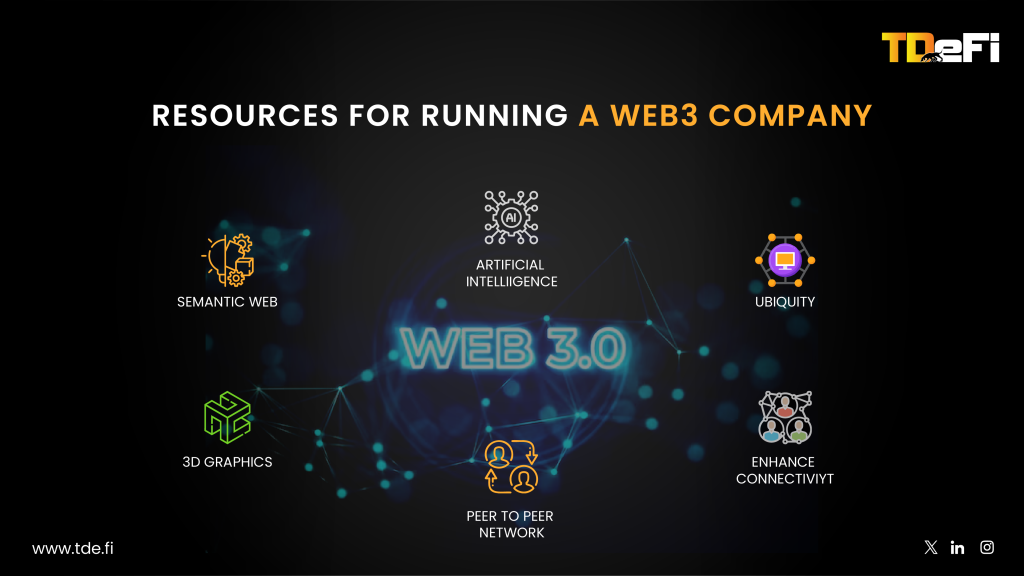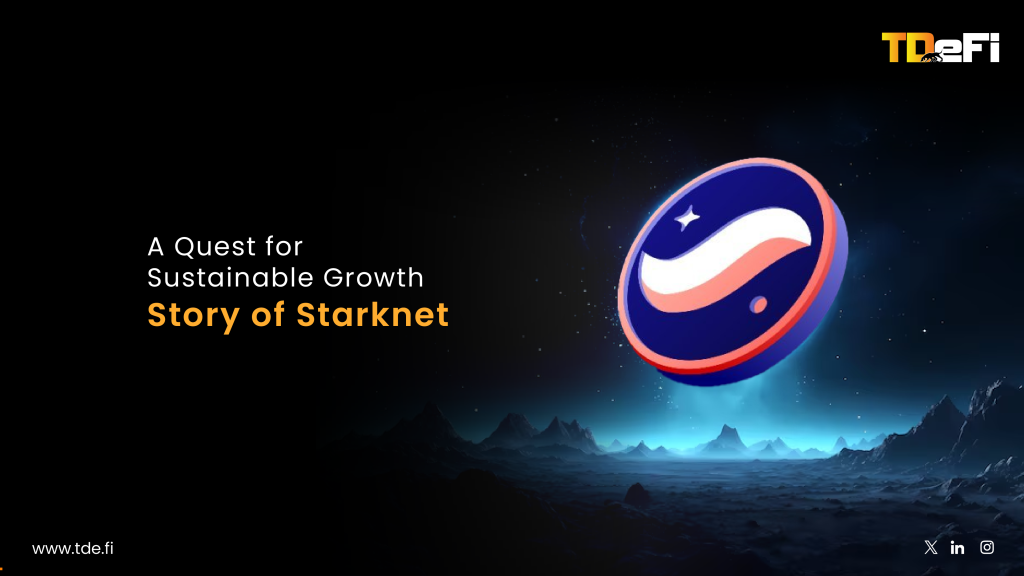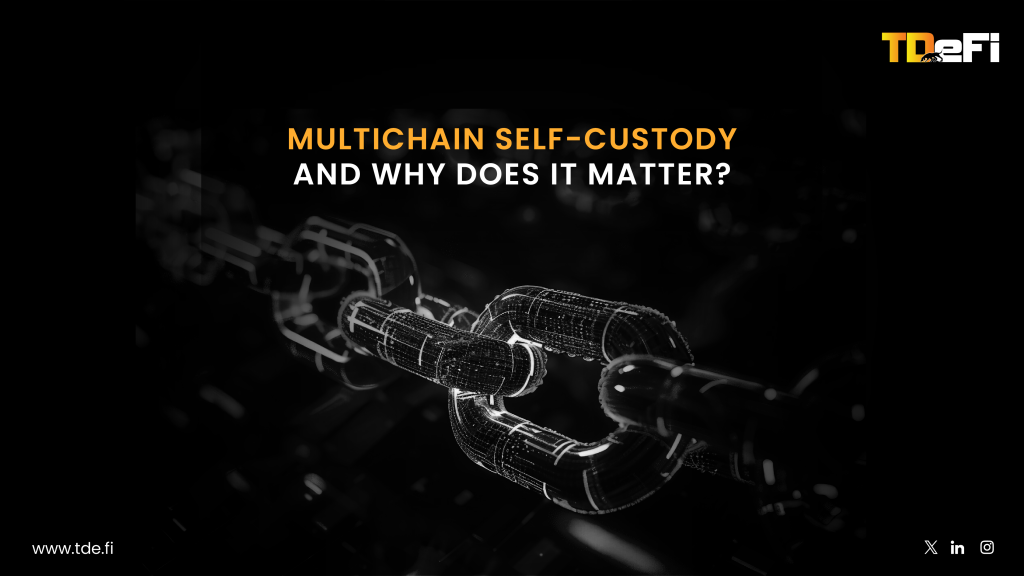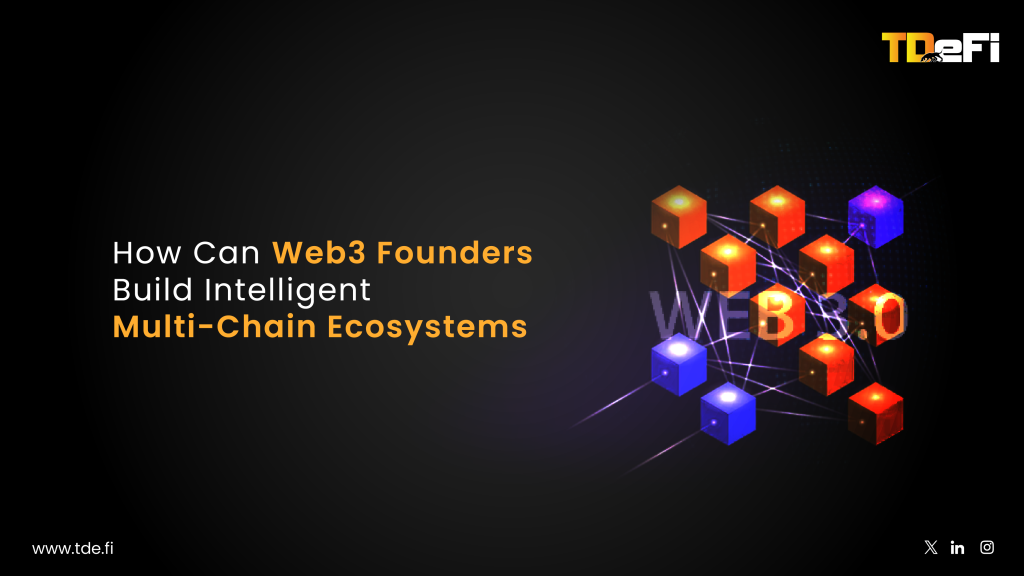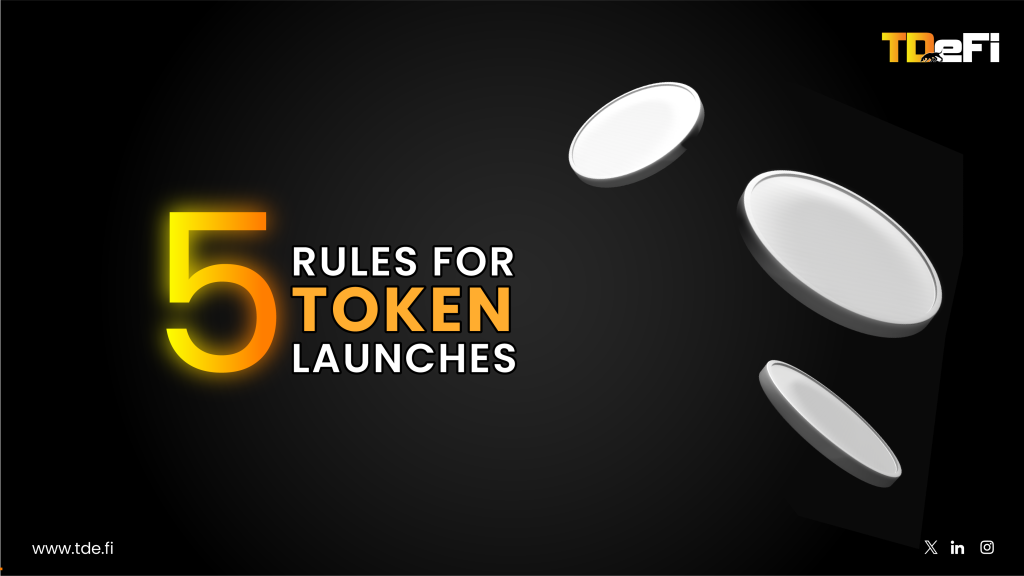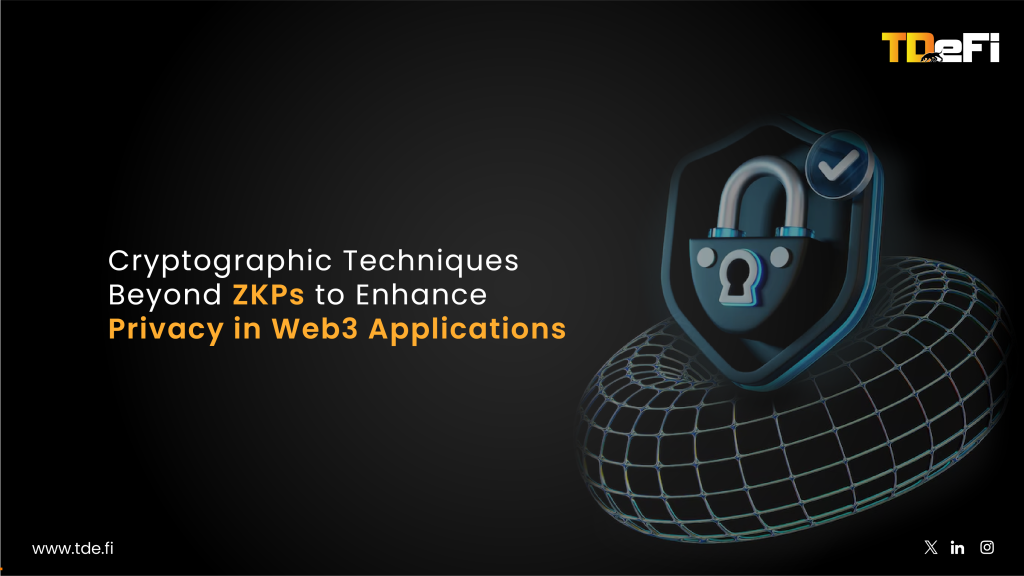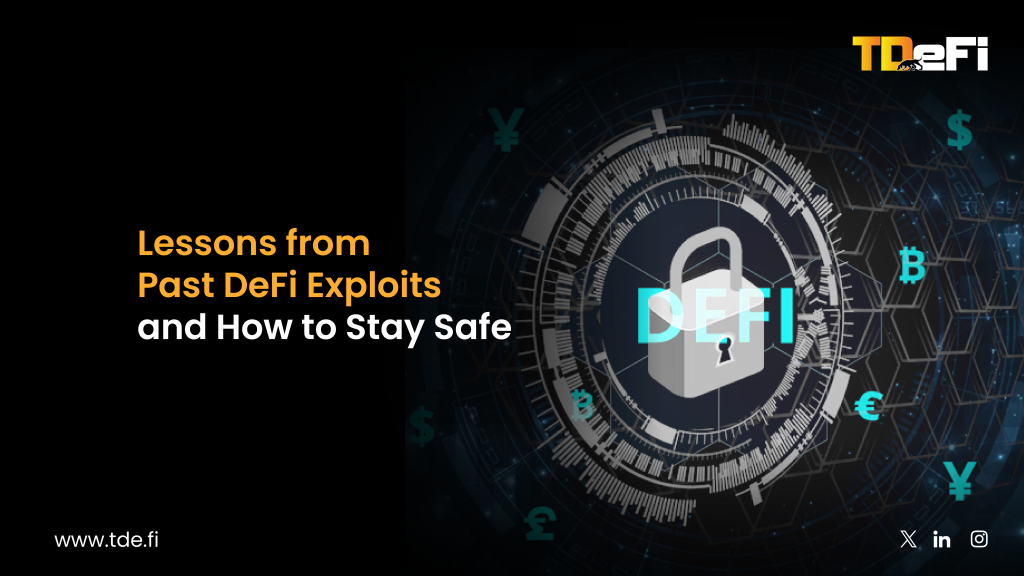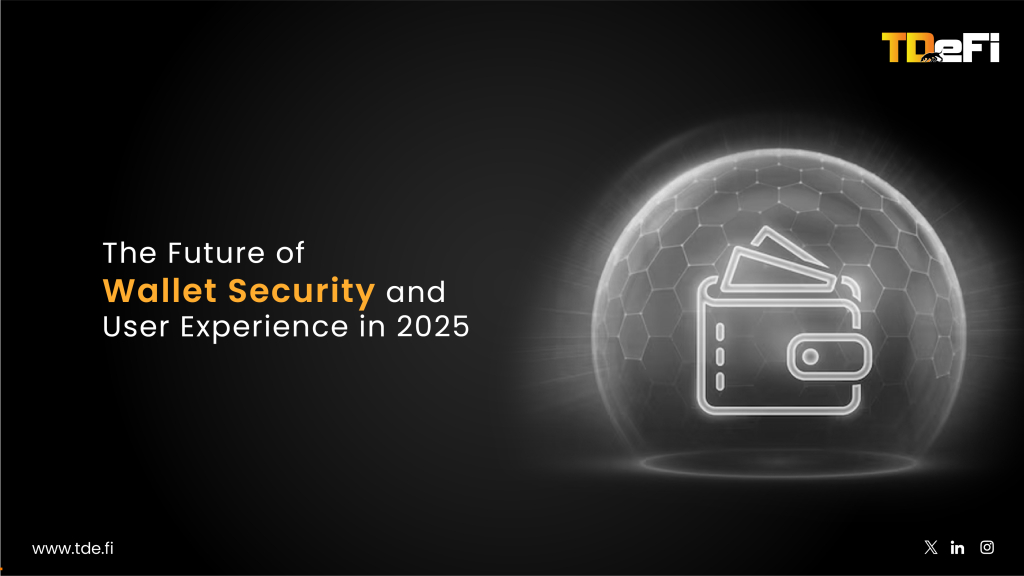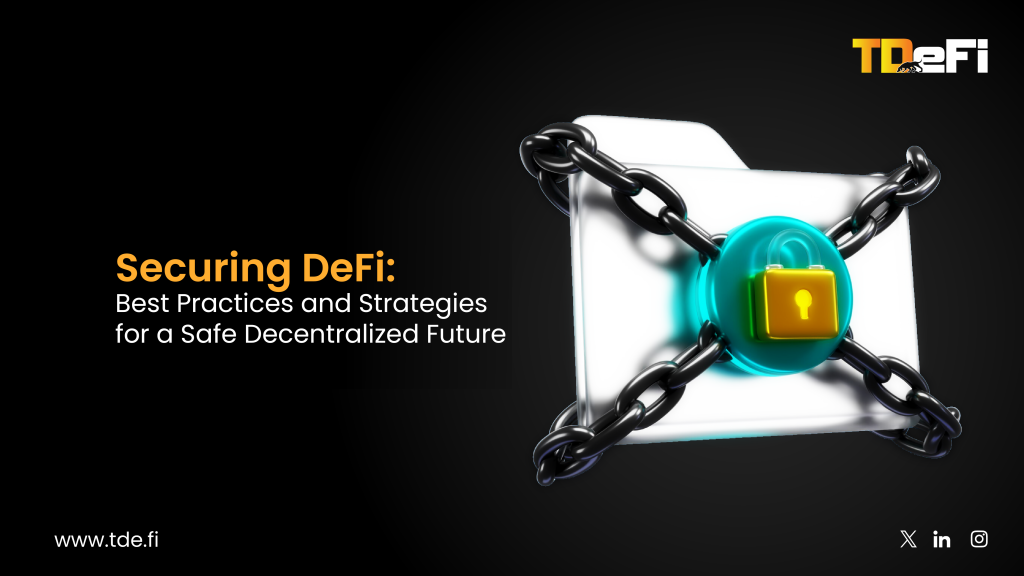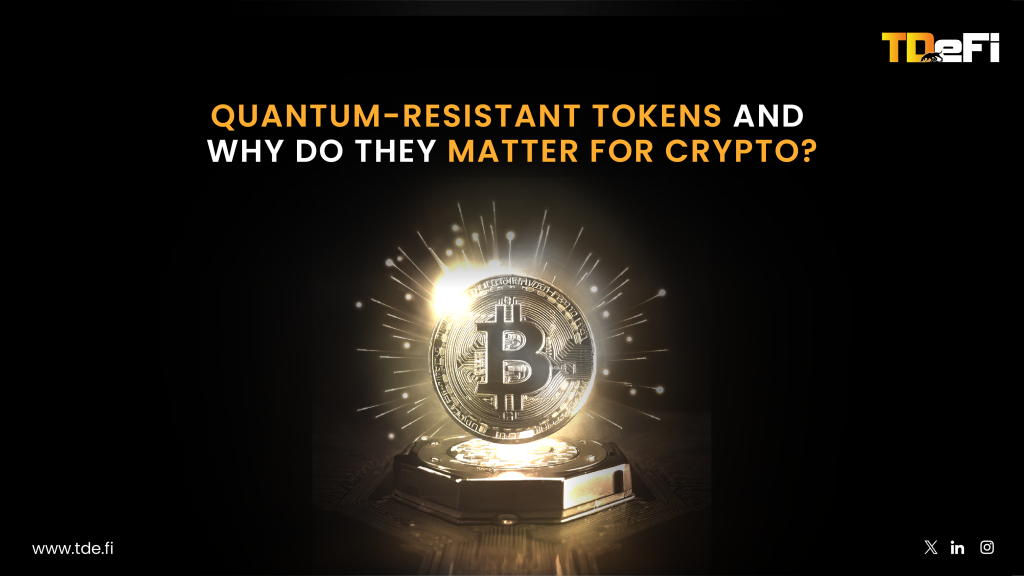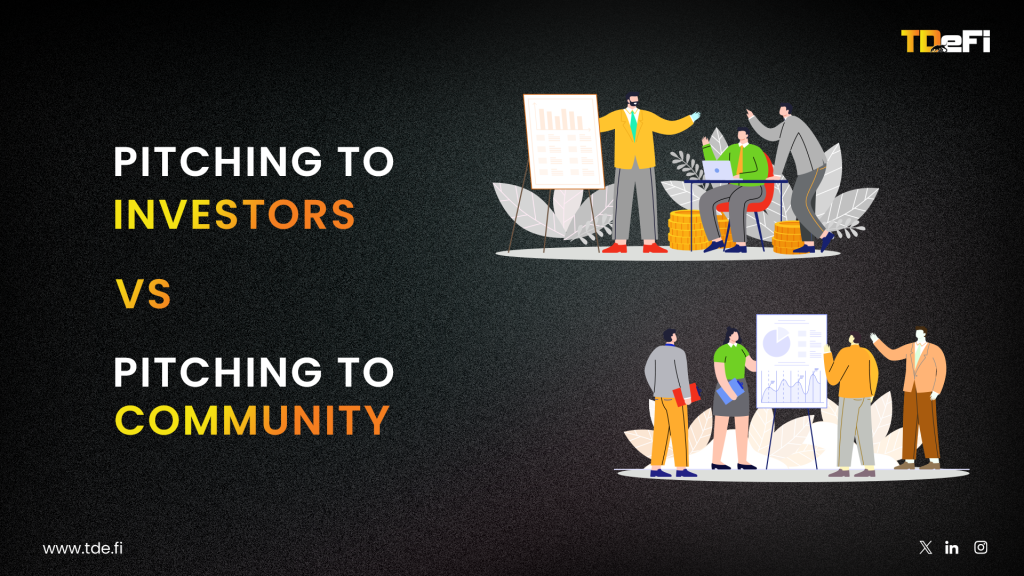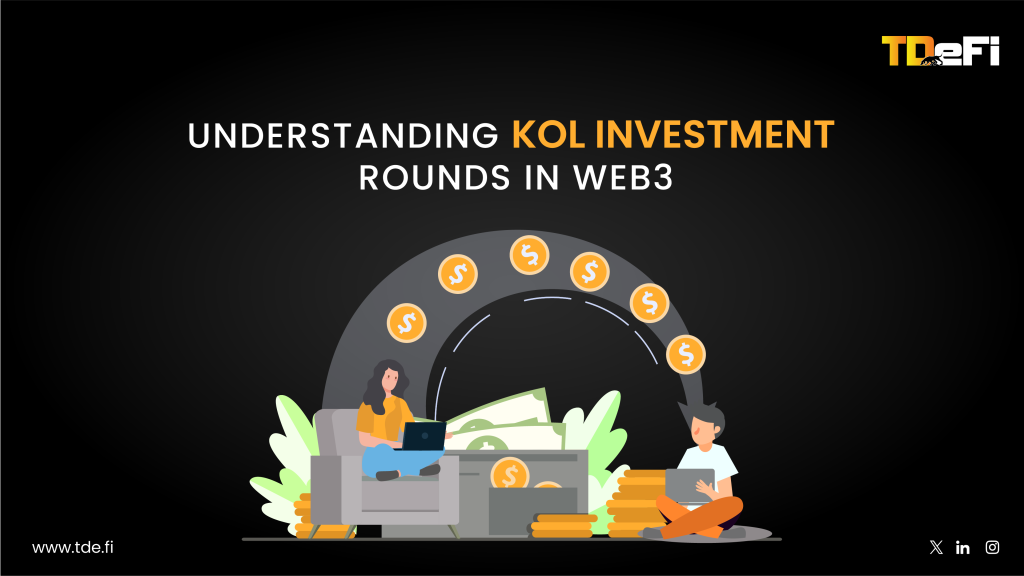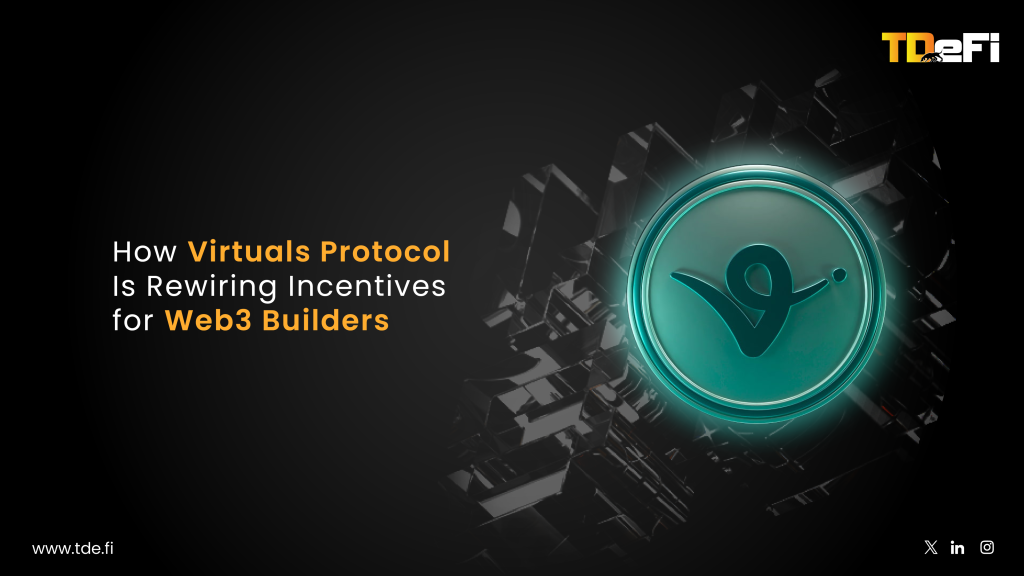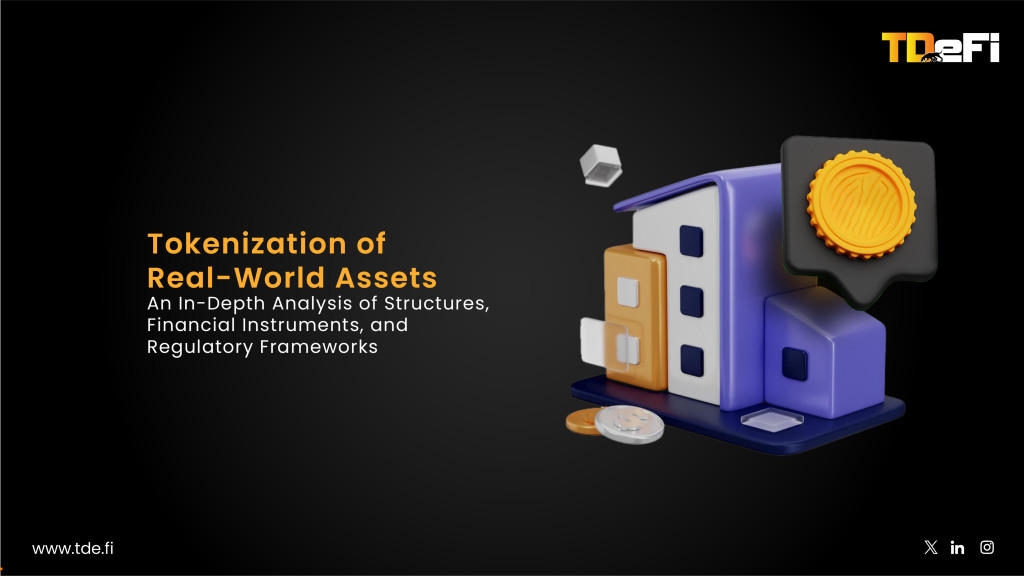TL;DR
Choosing the right fundraising instrument is important for Web3 startups. This blog explores three key options—SAFE (Simple Agreement for Future Equity), SAFT (Simple Agreement for Future Tokens), and SAFE+T (Simple Agreement for Future Equity + Tokens)—breaking down their definitions, features, benefits, challenges, impact on valuation, and when to use them. We’ll also go through actionable insights and real-world case studies from successful Web3 projects like Paradigm, Filecoin, and Akash Network. By the end of this read, you’ll have a clear understanding of how to align your fundraising strategy with your Web3 project’s vision while exploring the regulatory complexities.
Intro
Web3 moves fast, and so do its funding dynamics. For founders entering this space, choosing the right fundraising instrument can feel exciting, yet daunting because of the difficulties it entails. Terms like SAFE, SAFT, and SAFE+T swirl around, adding layers of complexity to an already challenging journey. Yet, amidst this complexity lies opportunity. But here’s the good news: this guide will help you decode the puzzle and make an informed decision tailored to your Web3 startup’s needs.
What is SAFE?
A SAFE (Simple Agreement for Future Equity) is a modern fundraising mechanism introduced by Y Combinator in 2013 to streamline the capital-raising process for startups. It allows companies to secure funding without the immediate need to assign a valuation, providing flexibility and efficiency in early-stage financing. Under a SAFE, investors contribute funds in exchange for the right to receive equity in the future, typically at a discounted rate during a subsequent funding round. Unlike traditional convertible notes, SAFEs eliminate complexities such as interest rates, maturity dates, and repayment terms, making them more founder-friendly. This simplicity, combined with their adaptability, has made SAFEs a preferred choice for startups looking to focus on growth and innovation while securing essential funding.
Features
- No interest or maturity dates: SAFEs avoid the complexities of convertible notes by eliminating interest accrual or repayment deadlines.
- Conversion mechanism: The investment converts into equity at a later funding round, typically at a valuation cap or with a discount to the next round’s valuation.
- Equity-based: Investors receive equity at a future date.
- Deferred valuation: No need to fix a valuation during the early stages.
- Founder-friendly: Simplifies fundraising while protecting founders’ control.
Benefits
- Speed and simplicity: For Web3 startups focused on rapid development, SAFE’s straightforward nature is appealing. You can onboard early believers quickly without getting bogged down in tokenomics or equity splits.
- Focus on equity: If your project’s value lies primarily in equity—say, you’re building core Web3 infrastructure or a SaaS tool—SAFE might be the best option.
- Avoids early tokenomics risks: By deferring the token strategy, SAFE allows founders to refine their tokenomics while raising capital through equity.
Challenges
- Potential dilution: If the valuation cap is set too low during early rounds, founders risk significant equity dilution once the SAFE converts.
- Not token-compatible: SAFEs are designed for equity-based fundraising and are not suitable for Web3 projects planning token issuance.
- Investor appeal: Crypto-native investors may find SAFEs less attractive since they don’t offer exposure to tokens.
Impact on valuation
SAFEs allow startups to raise capital without setting a firm valuation, providing flexibility in early-stage funding. SAFEs defer valuation until a later funding round, which can be both an advantage and a risk. While this flexibility allows startups to focus on growth before setting a valuation, it can lead to significant dilution if the valuation cap is too low. In 2023, the median post-money valuation cap for SAFE rounds was $10 million across industries, with notable regional variations. Startups in California and New York typically secured higher valuation caps due to strong investor presence. Smaller SAFE rounds ($250K or less) averaged $6 million in tech hubs, while larger rounds with significant traction could reach up to $30 million.
When to use
- Pre-product/Pre-revenue stage: If your startup is in its early stages and you don’t have enough traction or data to justify a formal valuation.
- Equity-focused projects: Ideal for Web3 startups building equity value in a DevCo (Development Company) without immediate plans for token issuance.
- Fast fundraising needs: When you need to raise capital quickly without lengthy legal negotiations.
Example: Paradigm, a leading research-driven crypto venture capital firm, employed a SAFE to invest in Alchemy. This strategy allowed Paradigm to secure a stake in Alchemy without immediately determining a fixed valuation. The focus was on the company’s potential and the strength of its team, aligning with the core principles of SAFE investments.
What is SAFT?
A SAFT, or Simple Agreement for Future Tokens, is a specialized legal contract used by blockchain projects to secure funding. It allows projects to raise capital by offering investors the right to receive tokens at a future date, typically after the project’s network or platform becomes operational. Unlike traditional agreements that involve equity, SAFTs are solely focused on token issuance, making them particularly well-suited for Web3 startups aiming to build token-based ecosystems. By aligning with regulatory frameworks, SAFTs provide a structured approach to fundraising while giving investors early access to tokens, fostering a mutually beneficial relationship between the project and its supporters.
Features
Future token delivery: Investors receive tokens at a future date, often after the project reaches specific milestones or launches its mainnet.
Discounted token price: Investors typically receive tokens at a discounted price compared to the public token sale price.
Regulatory compliance: SAFTs are designed to comply with securities regulations, particularly in jurisdictions where token sales are subject to regulatory oversight.
Benefits
Regulatory shield: By promising tokens only after network functionality is achieved, SAFT reduces the risk of being classified as a security by regulators like the SEC.
Early liquidity: SAFT agreements often include provisions that allow tokens to be traded once they are live, creating early liquidity opportunities for investors.
Tailored for blockchain projects: Perfectly aligns with tokenomics-driven business models.
Challenges
Regulatory ambiguity: While SAFT mitigates some risk, the global regulatory space for tokens is still evolving. Different jurisdictions have varying interpretations of what constitutes a security.
Complexity in tokenomics: Requires detailed whitepapers and well-defined tokenomics before fundraising.
Market timing risks: Founders may be forced to launch tokens during unfavorable market conditions due to contractual obligations.
Excludes retail investors: SAFT’s compliance-first approach often excludes retail or community investors, which can dilute the decentralization ethos of your project.
Impact on valuation
SAFTs influence valuation by tying it directly to the perceived utility and demand of future tokens. This means:
- Strong token utility can significantly boost valuation potential.
- Conversely, weak token demand can lead to an undervalued project despite strong fundamentals.
For example, early investors often negotiate valuation caps or discounts to ensure significant upside once tokens are issued.
When to use
- Token-first projects: If your startup heavily relies on tokens for its ecosystem.
- Utility token development: When you have a clear use case for your tokens.
- Crypto-native investors: If your primary backers understand and prefer token-based value.
Example: Filecoin, a decentralized storage network, successfully utilized a SAFT to raise $257 million, through a SAFT during its ICO by clearly defining its token utility and ensuring compliance with securities laws. The funds were used to build their decentralized storage network before distributing tokens to investors. This structured approach allowed Filecoin to attract only accredited investors in the initial offering while mitigating regulatory risks.
What is SAFE+T?
SAFE+T, or Simple Agreement for Future Equity + Token, is an innovative hybrid fundraising mechanism designed to combine the benefits of SAFEs and SAFTs. This versatile instrument allows investors to secure future equity, tokens, or a combination of both, depending on the project’s development trajectory. SAFE+T agreements are particularly beneficial for blockchain startups that may not have a clear token launch timeline but wish to keep the flexibility of issuing tokens in the future. By bridging the gap between equity and token-based fundraising, SAFE+T provides a tailored solution for Web3 projects navigating the evolving landscape of blockchain and decentralized ecosystems.
Features
- Equity and token flexibility: Investors can choose between equity and tokens or receive a combination of both.
- Token side letter/warrant: Includes a side letter or warrant detailing the terms for token allocation if tokens are issued.
- Dynamic conversion terms: Conversion mechanisms between equity and tokens are negotiable
Benefits
- Maximum flexibility: Founders retain control over when and how tokens are launched, avoiding premature token issuance during unfavorable market conditions.
- Appeals to diverse investors: Attracts both equity-focused traditional VCs and crypto-native investors seeking token exposure.
- Risk mitigation: Reduces pressure to launch tokens prematurely, allowing founders to focus on building their product
- Community alignment: SAFE+T can help align the interests of early investors with the broader community, ensuring balanced incentives.
Challenges
- Complexity: Drafting a SAFE+T agreement requires careful calibration of token and equity allocations. Missteps here can lead to future disputes or regulatory scrutiny.
- Dilution risks: Overpromising tokens alongside equity can lead to long-term dilution, affecting both founders and community members.
- Regulatory uncertainty: SAFE+T agreements must navigate the complex interplay of equity and token regulations, which can vary widely across jurisdictions.
Impact on valuation
SAFE+T provides dynamic valuation mechanisms by balancing equity growth with potential token upside:
- Equity valuation is determined by traditional metrics like revenue or market potential.
- Token valuation depends on utility, demand, and tokenomics design.
- For example, if a project raises $1M via SAFE+T with a $10M equity cap and a token warrant offering a 20% discount at TGE (Token Generation Event), investors gain exposure to both equity and discounted tokens. This dual structure can enhance investor confidence while protecting founders from excessive dilution
When to use
- Use SAFE+T if your startup plans to issue tokens but doesn’t have finalized tokenomics or a clear launch timeline.
- Ideal for projects targeting both equity-focused VCs and crypto-native investors.
- Best suited for startups seeking flexibility in navigating volatile market conditions.
Example: Akash Network, a decentralized cloud computing platform, successfully leveraged SAFE+T agreements to raise funds while maintaining flexibility in its token launch strategy. This allowed them to focus on building their platform and avoid the pressure of immediate token issuance. By offering a hybrid approach combining equity and token rights, Akash Network attracted a diverse investor base and maintained control over its development roadmap.
SAFE vs. SAFT vs. SAFE+T
| Feature | SAFE | SAFT | SAFE+T |
| Type | Equity-based | Token-centric | Hybrid (Equity + Token) |
| Key Benefit | Simplifies equity fundraising | Token-based compliance and liquidity | Balances equity growth and token incentives |
| Ideal Use Case | Equity-driven startups | Token-first projects | Projects needing hybrid funding |
| Investor Profile | Traditional VCs, equity-focused investors | Crypto-native investors | Mixed investor base |
| Regulatory Complexity | Low | Medium | High |
| Speed | High | Medium | Medium |
| Flexibility | Medium | Medium | High |
Closing thought
Fundraising in Web3 is about aligning your vision with the right investors while building a solid foundation for the future. SAFE, SAFT, and SAFE+T are frameworks for alignment—both with investors and your vision. The right choice depends on where your project is headed and how you want to get there.
In Web3, the right fundraising decision is about creating a sustainable growth path, aligning with the community, and setting yourself up for long-term success. Founders must take the time to explore their options, seek expert advice, and choose what resonates with their mission.
As a Web3 incubator and token growth studio, we’ve guided countless fundraising journeys and witnessed how the right decisions can transform bold ideas into market leaders. If you’re ready to align your vision, raise smart, scale with purpose, and build for the long term, let’s connect.





